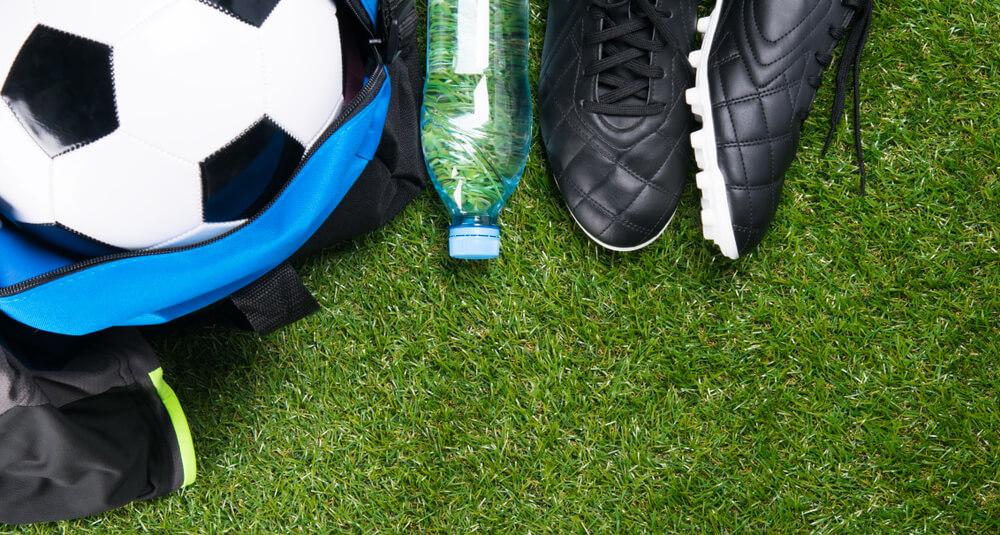Key to consistency and success in soccer is preparation. Preparation does not just mean training to master your skills, but also getting into a routine where you are preparing your bag for practices and games.
Below is a list of helpful tips to get you started on improving your existing preparation routine:
Timing is Key
It is important to pack your soccer bag a considerable time before practice or games. It is recommended to pack everything you need in your bag the evening before a practice or game, making sure everything is clean and nothing is forgotten. Packing at the last minute increases your chances of leaving something you will need, therefore possibly forcing you to sit out.
Check for Cleats
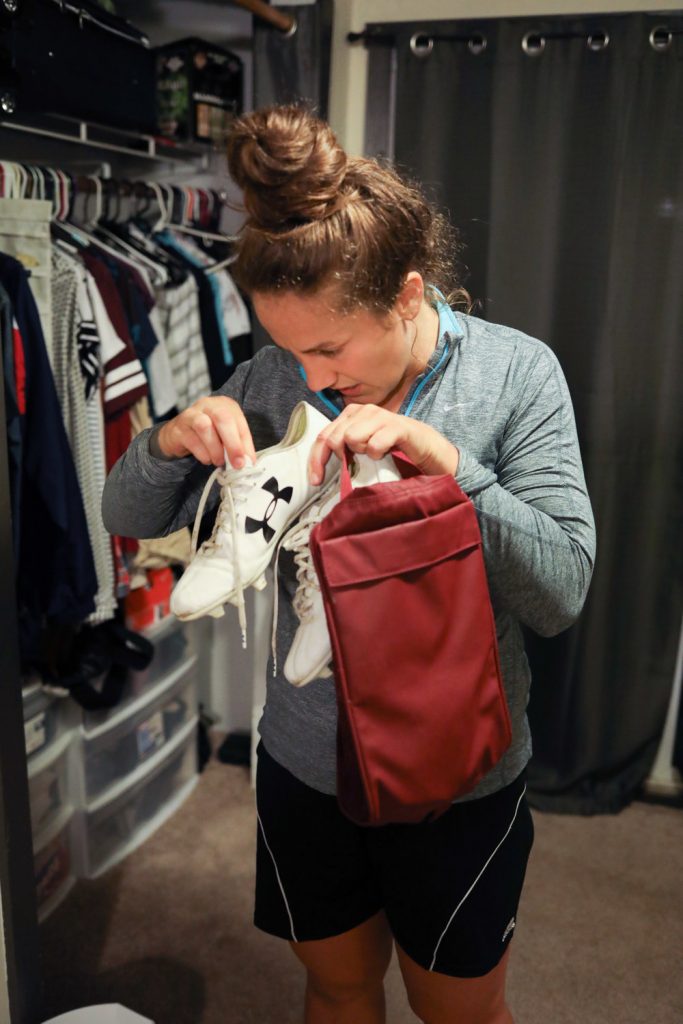
When you are packing your cleats in your bag, it is important to make sure you have the right cleats for the environment you are playing in. You want to pay attention to the different stud configurations that go with different field types: regular grass, artificial turf, bumpy and muddy. Check that the studs on your cleats are molded plastic (most leagues and coaches do not allow metal for youth soccer). Evidently, you will need to make sure cleats are packed if you wish to play in practices or games.
Extra Clothing Items and Shoes
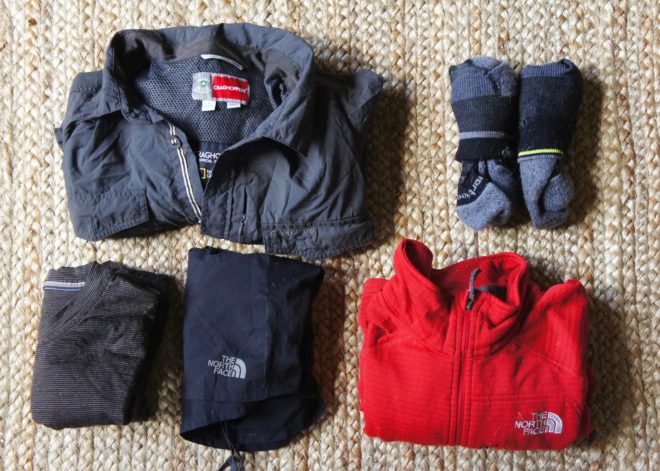
An extra pair of socks and t-shirt are essential items to be added to the bag. These will come in handy, especially during the summer when player’s are sweating through their uniforms, to keep your child dry and comfortable post practice and game. If there is colder weather, a sweater should also be included to stay warm and dry as well. In the event that there will be practice on a flat, hard surface, a pair of tennis shoes should also be included. These shoes should not be worn after practice, instead a pair of sandals or flip flops should be worn to promote comfort and relaxation for the feet.
Water
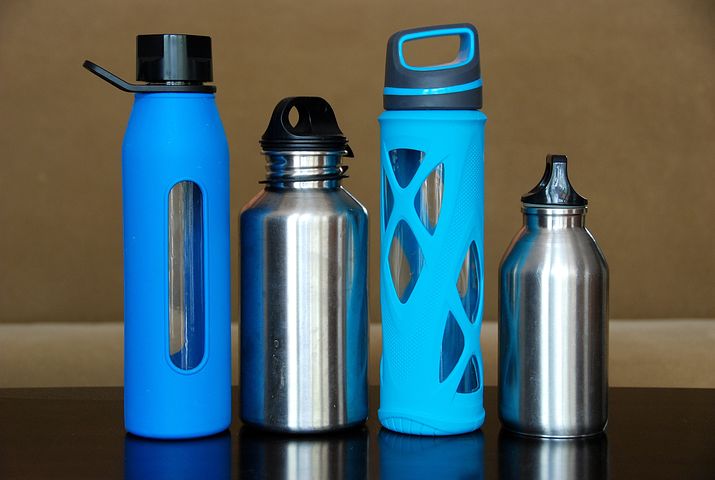
Proper hydration is essential during practice and games. Soccer demands for continuous running, therefore players will have a loss of fluid through sweat, increasing the player’s thirst. To combat this issue, ensure that you have enough water to last you the entire practice or game. It is recommended to use an insulated water bottle. Not only are they reusable, but they will keep the water cold for an extended period of time, even in hot weather.
Balls and Snacks
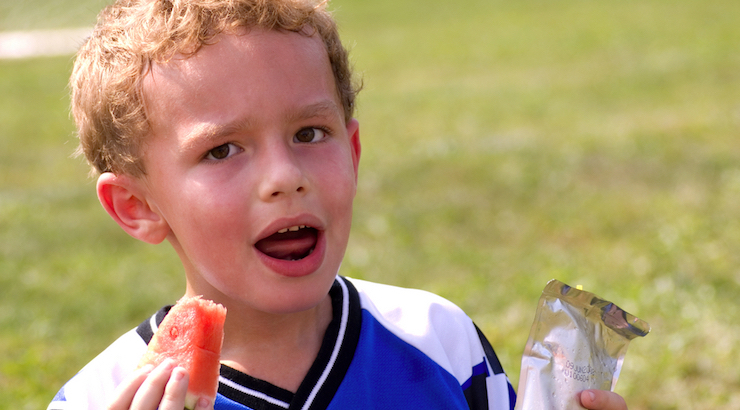
A soccer ball does not need to be inflated often, but should be checked the evening before to make sure it can be used properly. You want to be able to pick up the ball and go, rather than fiddling with a pump a few hours before the practice or game, as this is the time you should be getting mentally prepared to compete.
Given the large amount of energy a player uses while playing soccer, it is sensible to bring a protein bar and piece of fruit to help the player refuel after their practice or game.
Parent Involvement
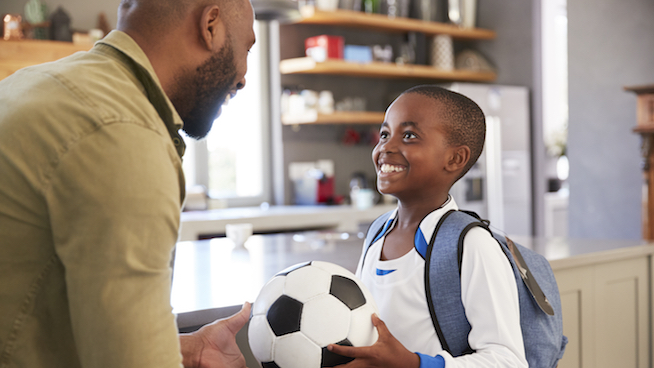
Attention to minor details could make packing a soccer bag seem like a bit of a chore for a child. A young player may say they “just want to play”, unwilling to deal with the hassle that comes with running through a checklist of necessary gear that needs to be packed. While it would make the athlete’s life way easier to have everything set out and nicely packed for them, it is the parent’s responsibility to teach their children that they are in charge of their own things and must be responsible enough to properly pack their bag when needed.
- Child Engagement
The best way to go about teaching a child how to pack their bag is simply by including them in the task from day one. This can be achieved through a conversation, describing how each item going into the bag plays a big role for when they are going to play. The goal is to teach the child that packing their bag is also a part of playing the game. Be mindful that this may not take off immediately, but repeating this process over time can create something close to perfection.

